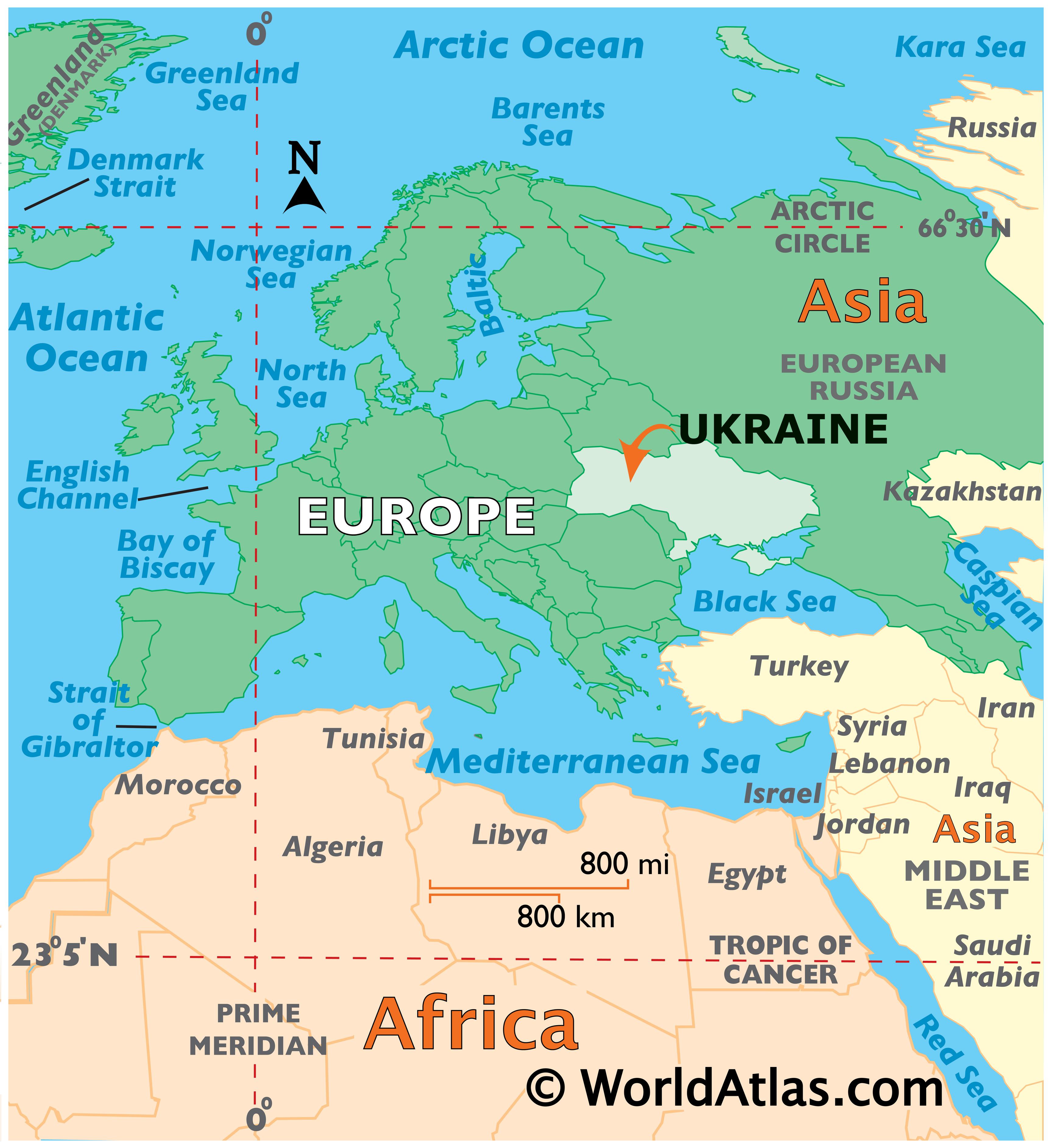
Do you know the story of Ukraine? My friend Barry Casselman, The Prairie Editor, wrote a wonderful column relating the story and significance of Ukraine.
This is one of those columns you should share with friends, and specially young people:
"The one “hotspot” perhaps least well-known to Americans is Ukraine. This Slavic eastern European nation is one of theyoungest countries in the world. Settled thousands ofyears ago. it eventually became the center of medievalSlavic life, and Kiev, its largest city, the de facto capital of the region. The cities of Moscow and St. Petersburg, today much larger than Kiev, were then only outposts, and the tribes that created the Russian nation, not as powerful and successful as those who lived in Kiev and its surrounding territory.Keep this handy as events unfold in Ukraine. You can hear CANTO TALK here:
In the 1300s, Kiev had numerous rival rulers and declined.
By the 1500s, however, the Romanov dynasty was established in St. Petersburg, and a Russian empireunder the czars was created, stretching eventually allthe way east to Siberia and the Pacific Ocean, and tothe west, to central Europe. The early settlements ofKiev (Ukraine) and White Russia (Belarus) soon becamesubordinate and part of this empire.
Ukraine is remembered best in America today perhaps by its Jewish immigrants and their descendants who came to the U.S. in waves from 1880 to 1920 following intense persecution by the Czar and many Russians in a series of pogroms (or murderous attacks) on their ghetto communities in what was then called “the pale of settlement” --- a region that included what today are Ukraine, Belarusand Poland.
Except for a short-lived Cossack republic in the 17th and18th centuries, and a very brief period following World War I and the Russian Revolution (begun in 1917), modern Ukraine has not been a sovereign nation. Known as the “breadbasket” of Europe, the region produced most ofthe wheat and grain for two continents. After the Soviet dictator Stalin had consolidated his power at the outset of the 1930s, he instituted the deliberate and brutal starvationof the Ukrainian peasantry, and prior to the outbreak ofWorld War II, millions of Ukrainians died from hunger.Nazi armies then overran Ukraine, and murdered millions more, including most of the Jews living in theregion.
When the Soviet Union broke up in 1991, Ukraine became one of the breakaway soviet republics that became independentnations on the new Russian border.
The problems that face Ukraine are many. Although bynow a major industrial area, as well as agricultural area,it depends on other nations (primarily Russia) for its energy needs, including supplies of oil and gas. The western, and largest, part of Ukraine is inhabited primarily by ethnic Ukrainians (77% of the population) who speak their own Slavic language. Their memories of what the Russians had done to them under the czar and Stalin made them decidedly anti-Russian, and eager to join the western European community. However, in the eastern part of the country, around Kharkov, most of the Ukrainians are ethnic Russians (17% of the population), and speak the Russian language. A third region, to thesouth, is the autonomous republic of Crimea which had been “given” to Ukraine in the Soviet years. This was the most tropical part of Russia and bordered on the Black Sea with naval access to the world. The Russian navy, byagreement with Ukraine, is stationed at a Crimean port.Most of those who live in Crimea are also pro-Russian.
Although adopting a representative democratic politicalform, Ukraine’s history and ethnic divisions overshadowedthe new republic’s attempt to create a viable nation.Political and economic corruption was rampant, and as in neighboring Russia, oligarchs soon emerged controllingvast parts of the Ukrainian economy.
It has been suggested that Russian President Vladimir Putin wishes to reconstruct the old Soviet empire. If thisis so, then Ukraine is an absolutely necessary componentof such a reconstruction. An independent Ukraine that ispart of the western European Union would mean that theold Soviet Empire could not be put back together. Ukraineis too large geographically, too populous, too economicallysignificant, and too strategically located for such a Putinambition to be fulfilled.
This means that it is likely that Mr. Putin will continue tointervene in Ukraine until it is under his de facto control.The alleged invasion and occupation of Crimea nowapparently taking place would be only the first of manyinterventions.
Europe and the United States, for obvious reasons, wouldoppose this turn of events, but, at least for now, lack enoughleverage to counter it successfully. Ukraine’s immediateneeds include a large infusion of funds, something Mr. Putinhad offered the deposed Ukrainian president as an incentivenot to join with western Europe. The U.S. and the EuropeanUnion are now scrambling to come up with finds for Ukraine,but so far none of them are talking about enough funds to makea difference.
Eastern Ukraine and Crimea are clearly pro-Russian and would likely cooperate with some form of Russian “occupation.” Larger western Ukraine, where the recent revolution began in the capital Kiev, would likely resist any Russian attempts to restore the previous government. Thus, there are prospects of a civil war, or the partition of Ukraine into two nations.
With the European Union already in an economic crisis overtaking several of its members states, including Greece, Spain, Portugal and Italy; and the U.S. in an historic withdrawal from its leading role in world affairs, it would seem that prospects for Ukraine at the outset of 2014 are not very bright.
This part of the world has known suffering and violence continually for a thousand years."
Tags: Ukraine 101 class by my friend Barry Casselman To share or post to your site, click on "Post Link". Please mention / link to the My View by Silvio Canto, Jr. Thanks!